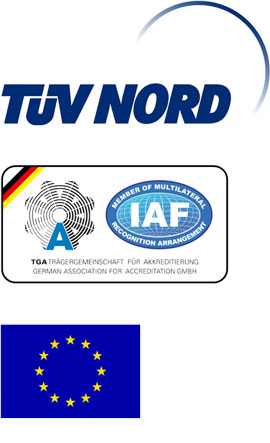The cybersecurity threat landscaping continues to develop, introducing new attack vectors and recently unknown vulnerabilities. As threats become more sophisticated, companies need to ensure they are deploying a robust risk management process. Whether it’s to shield client info, comply with HIPAA and GDPR or simply build trust with customers, businesses need to be familiar with importance of a very good cyber risikomanagement framework and the way to implement that effectively.
The first step in any risk management process is always to identify the assets that require protecting. This can include identifying each of the systems and devices within your network and which ones are important on your business operations. This is important as it will give you a good idea of how severe the impact could possibly be if a certain threat would be to occur.
When your group has outlined the gadgets, systems and data you need to shield, they need to determine what initial and long term solutions you can put in place to eliminate the risk. This can include modernizing software, teaching users, applying new THIS policies, putting antiviruses on your networks and so on.
Finally, it’s important that all stakeholders are useful site aware of the risks your company people and really know what to do if an incident actuall occurs. This is why information-sharing tools including dashboards that show your risk exposure level are a great thought. You can also consider purchasing a security score tool to acquire a single, easy-to-understand metric that nontechnical stakeholders can understand.




